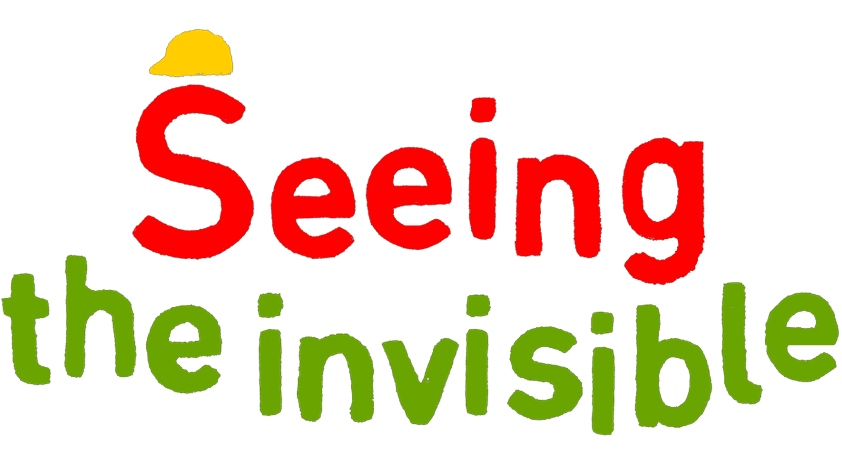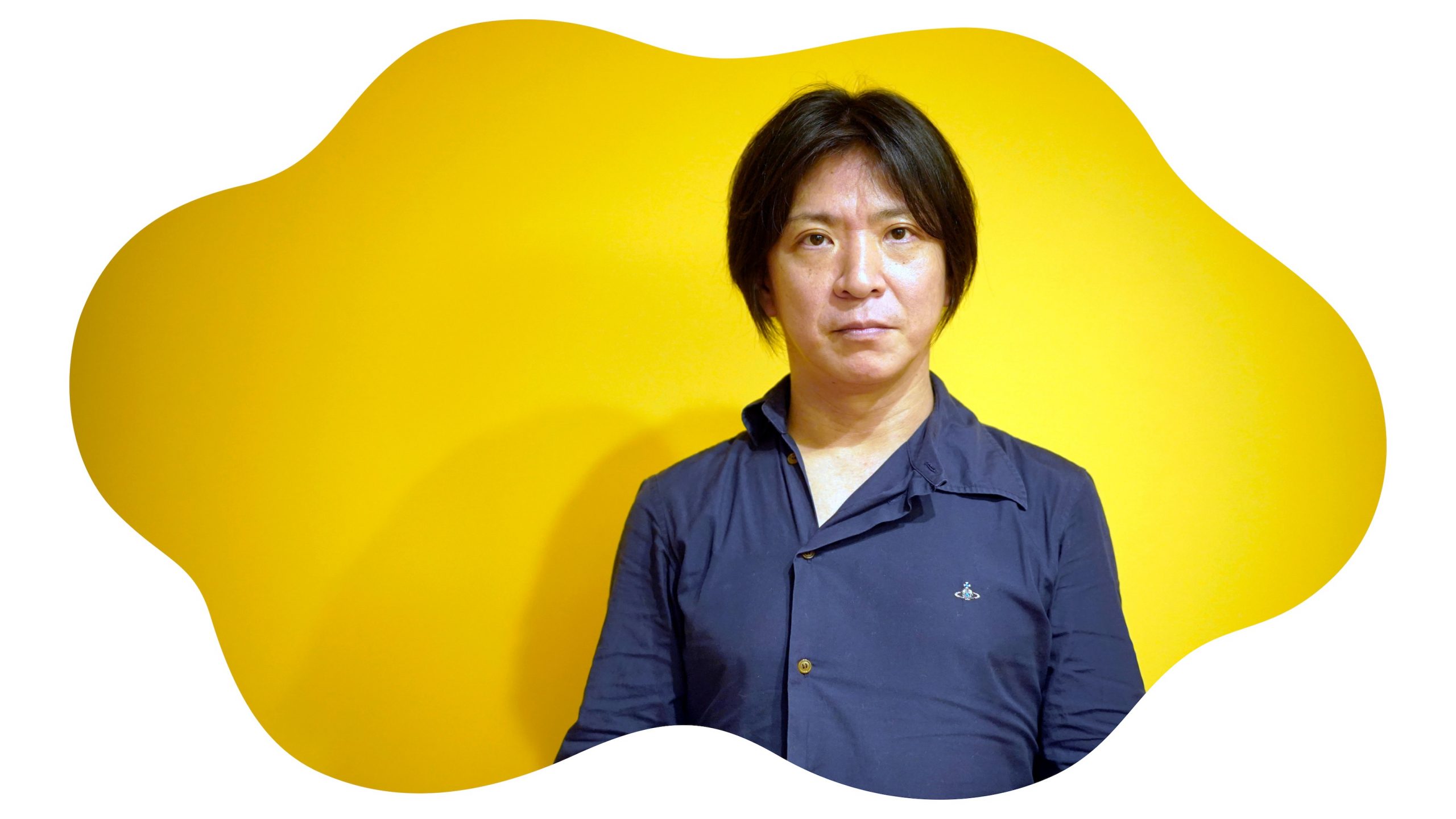

ー
You didn’t study science as a student, did you?
Mr.Ishikawa
Not at all. I didn’t do well in science classes. I hated science and mathematics courses. I studied about fungus properly only after I started to work on the series of Moyashimon. I brought those bacteria in the first episode, and that meant that I had to draw them in the second episode onwards. Since then, I went library every day and thought “Whoa, what have I done?”
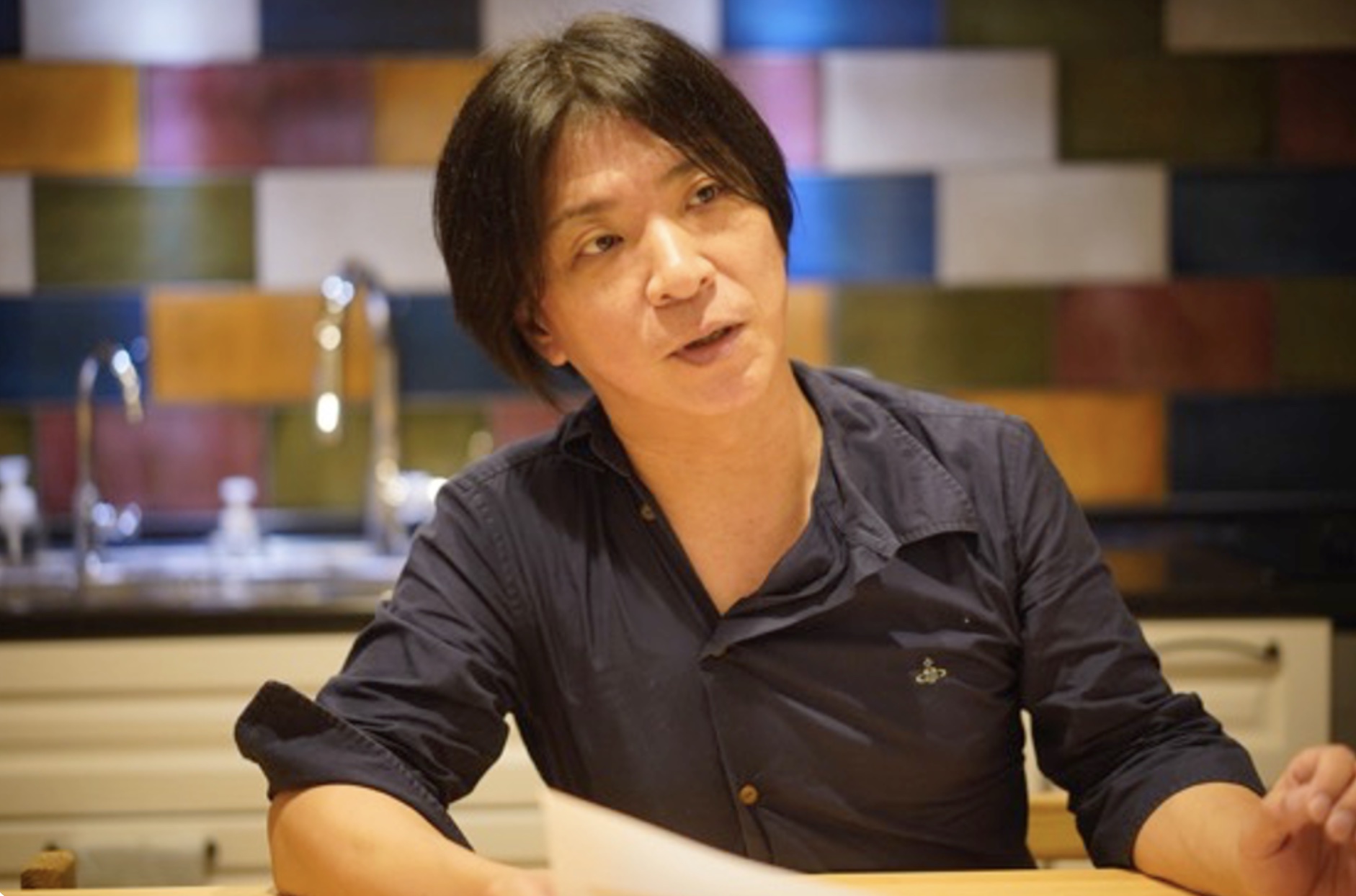

ー
You also did some field research for Moyashimon as well as reviewing literature.
Ishikawa
Mr.Ishikawa
I started my research by visiting Takagaki Shuzo, a sake brewery in Wakayama, by myself. A person who was working there graduated from Tokyo University of Agriculture and recommended me to speak to Prof. Takeo Koizumi. I called the university and visited him right away.
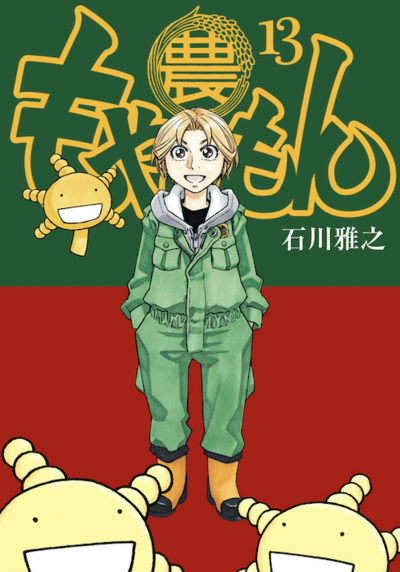

The series depicts how Tadayasu “Soemon” Sawaki, who was born as a second son to a family of moyashi-ya (seed malt seller) and has a unique ability to see microorganisms, grows up in his first year at an agricultural university with rather eccentric friends. According to Ishikawa, it is “a story of bacteria, viruses, and some humans going this way and that at an agricultural university.” This popular comic is based on the rigorous research by the author, and the total number of bacteria that appear in the story is over 150.
ー
Why did you give Tadayasu this unique ability to see and communicate with bacteria in the first place?
Mr.Ishikawa
It was the brewery I visited in my research. I didn’t have any knowledge about fermentation.When they brought me to the sake tank , they told me “Can you hear the small popping sound? We listen to the voices of bacteria.” I was inspired and thought to myself, “You know what? If brewers can hear them, why not a manga character can see them.” Later, as I interviewed the chief brewer and other people, I realized that it was a great idea that I personified bacteria.
In the latest research, you can check microorganisms with a sensor to see if they are active, weak, or isolated. Dead and live bacteria look different when they are illuminated. In future, probably we won’t have to culture them to look through a microscope because AI can tell us “this is Aspergillus” and “that is yeast”!



Mr.Ishikawa
If there is such a convenient sensor, I want one for my fridge. You can tell, “This one has gone bad,” or “The shelf life has expired, but it’s still good.” Do you remember the time when the Mason jar salad was in fashion? They prepare the salad with their bare hands. It’s like “Are you trying to incubate bacteria?” If a sensor tells you, “This jar is full of Epidermophyton,” we wouldn’t be near such risky food.
ー
There are so many bacteria that appear in Moyashimon, but can you name the three favorite bacteria?
Mr.Ishikawa
Many people asked me the same question while I was working on Moyashimon. The textbook answer is “I love them all!”
ー
(Laughter)
Mr.Ishikawa
Frankly speaking, I don’t like molds. If something is mildewed, I clean it without a thought. But if I have to name my favorite, as a manga artist, it would be the ones that are easy to draw. Or maybe I can choose most useful ones, then I would say it is yeast
Since the first person I visited was a sake brewer, I came to know about Hana-kobo (flower yeast) at Tokyo University of Agriculture and I was also fortunate to have been able to interview many people in this field. Every story about yeast was fascinating.


(Excerpt from Page 103 of Moyashimon Vol. 2)
ー
We see many types of alcoholic drinks in Moyashimon
Mr.Ishikawa
Basically, it is all about what kind of yeasts are used. It always end up talking about yeasts during the interviews – this was the same in France and Germany or even in the US, where people do not like bacteria much. Eventually, I was like, “Hey, I encountered a new strain of yeast. Let’s feature it in the next episode.”
The yeasts used in making alcoholic drinks have been together with us for a fascinatingly long time and been good to us. They do a great job. Among the yeasts, Saccharomyces strains are said to be very safe. When a person with a weak constitution comes into touch with microorganisms, they can be infected, but a Saccharomyces infection is rather rare. They can be the least dangerous microorganism in the world.



Mr.Ishikawa
If you ask a researcher to name their favorite bacterium, there answer is likely to be E. coli. They find E. coli lovely because it is easy to culture.
E. coli is the most familiar bacteria for researchers in gene engineering. Unlike O-157 (enterohemorrhagic E. coli), the E. coli used in their lab is safe and easy to handle. It seems, while they are taking care of E. coli, they start to feel an affinity similar to that for pets.



ー
I brought Koso-kun to this interview. He is a character that was born when we tried to personify the mechanism of enzymatic action. Enzymes are different in nature from bacteria, and it is difficult to draw a clear image of enzymes. We are still wondering how we can depict him. As a living organism? Or something like an invisible man?
Mr.Ishikawa
I believe it depends on what enzymes really are. The enzymes that belong to bacteria are something similar to their skills or jobs, but if we have to make enzymes themselves as characters, how can we do that?
Perhaps what we enzymes do and what bacteria do are almost the same for a human. Maybe we are like an internal organ, such as a stomach or a bowel, for bacteria. But some of us work outside of bacteria, and in that case, we are more like a tool for them.



Mr.Ishikawa
Yes, of the question is how to depict it. If it can be a tool and a skill at the same time, it is very difficult to make into a character.
ー
It is a part of the holder, but sometimes come out as a special skill. I think there are somemangas with similar settings.
Mr.Ishikawa
It sounds a lot like Jojo’s Bizarre Adventure.
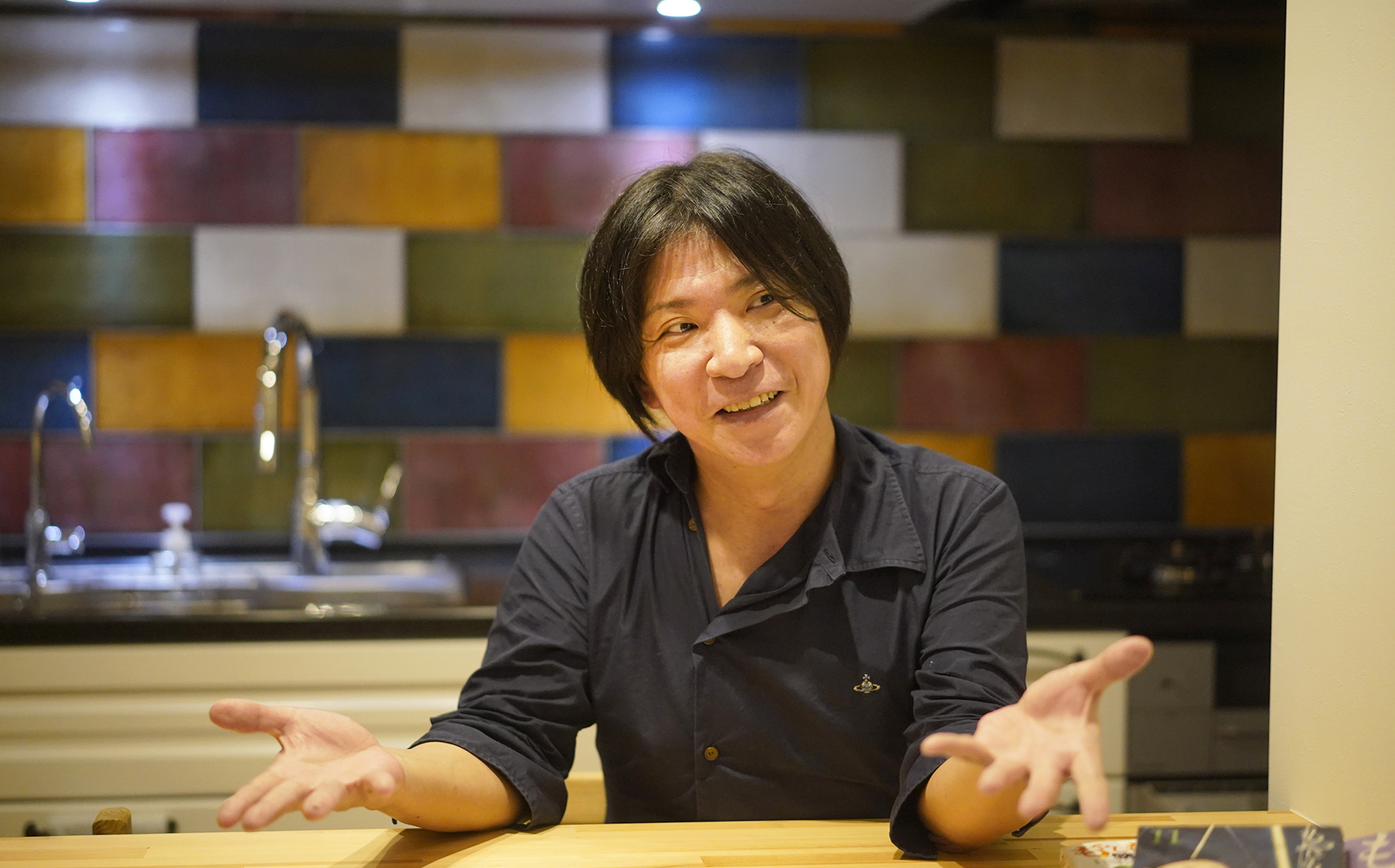

ー
(Laughter) When you imagine enzymes, do they look like a mechanic tool? Or a cyborg looking robot? To think about enzymes in mangas it actually helps me to picture them more clearly – Manga is great!
Bacteria and enzymes are of course closely related, but, for example, saccharification or glucose conversion of rice starch can happen without Aspergillus oryzae (koji fungus) if there are extracted digestive enzymes. It is similar to the factory automation where you can produce without human intervention. The same thing happens in our World of Enzymes. For fungi, it is not an unmanned factory but a sterilized factory. Of course, Aspergillus oryzae has various functions, and it is impossible to do everything just by us enzymes. Still, we can take over some of their functions, including fermentation.



Mr.Ishikawa
That reminds me.... Until recently, the curvy lines of a vehicle body were impossible to reproduce without manual operations by highly experienced engineers, but the latest high-tech robot hand is capable of replicating this process.
If the role of enzymes is to take a part of the manual operation by the skilled engineers and become specialized in that particular part of the process, probably there is a master koji mold that gives final screening for the finished product.
ー
I can picture the superviser koji mold. By the way, if you had to draw the skill, I mean the enzymatic action in Moyashimon, how did you do that?
Mr.Ishikawa
A good question. At that time, I thought enzymes could not be personified. That is why I didn’t go into the details of saccharification. Hmm.... If I have to depict the mechanism, it is probably as something held in the hands of bacteria. But they are not tools. It is really a tough challenge to draw enzymes as characters.
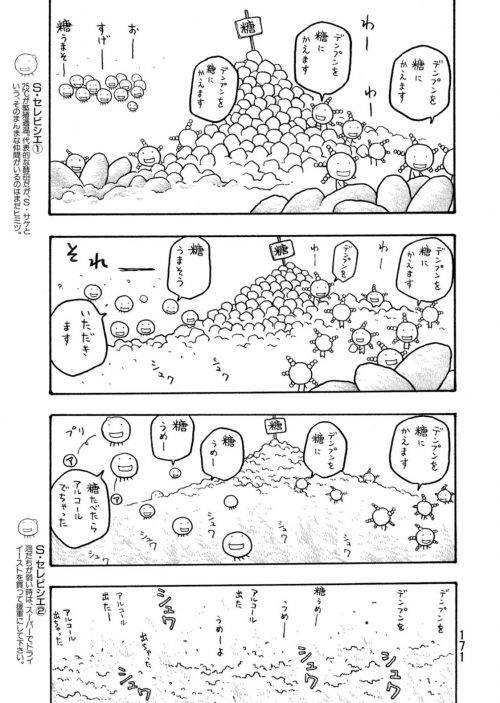

(Excerpt from Page 171 of Moyashimon Vol. 1)
ー
In Moyashimon, you refer to many other topics such as rubella,poliomyelitis and other social problems. I remember, there was a discussion about food additives. You told us that the genuine freedom means a free choice of whether to use them or not.
Mr.Ishikawa
I did. Think about apples and pork meat. What we eat are all originally grown in the wild. The rice fields and cattle farms can be seen as cutting-edge technologies from a certain era in the history. I had been wondering why we say “No” to relatively new products. When people look at a plowed field, they often say “Wow, this is the unspoiled landscape of Japan.” But I’ve always thought those fields are a part of an industrial area.
The discussion started from there. I concluded that if you have only a limited time to cook, you should use food additives.
When we enzymes are in action together with bacteria, no one really cares. But when we are extracted as a tool, they accuse us of being additives. We haven’t changed a bit, so it is really strange to see how they react that way.



Mr.Ishikawa
From the modern perspective, an additive seems like an antagonist.
ー
I found it interesting that in the world of Moyashimon, humans and bacteria live in their respective worlds. There are two different story lines.
Mr.Ishikawa
There are bacteria called “unfriendly bacteria.” When they appeared in the story, people asked me if they would look sinister. But I thought that those bacteria didn’t have evil intentions. This experience made me think the worlds of humans and bacteria should be distinguished.
The other day, I had the opportunity to draw COVID-19. In the human world, they are expected to look ominous or menacing, but the viruses do not actually have any evil intentions. They have been living in nature but happened to cause a big problem. I thought that they shouldn’t look evil, and drew them just like my other bacteria folks.
I actually discussed this with my family. I showed them a picture that consisted of simple circles and dots, and they reacted like “it seems all right.” We decided if the general public disliked the picture, the whole family would be responsible for it. I’m relieved that the picture was accepted by public after all.
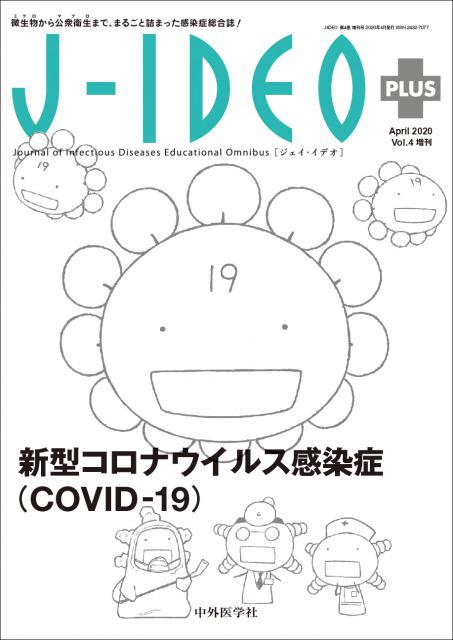

ー
To what media did you contribute the picture?
Mr.Ishikawa
I had a connection with Dr. Kentaro Iwata, and that led to an opportunity to draw the cover art for a medical magazine..
ー
Speaking of Dr. Iwata, I really appreciated the dialog between you two at the end of the book in which you collaborated with him.
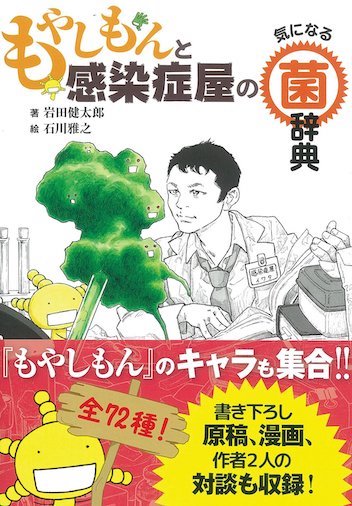

Mr.Ishikawa
For this book, I drew the Middle East respiratory syndrome coronavirus (MERS-CoV). It still has a fatality rate of 30 to 40% in the Middle East. But I didn’t give it a scary face. Many people asked me if I had to draw Moyashimon in the world after COVID-19, how would I depict them? They would say, “Does Sawaki (the protagonist of Moyashimon who can see the bacteria with the naked eye) have the power to solve the problem?”
But I think he would not do anything special. Even though he can see viruses, there is nothing he can do to prevent the disease from spreading. He would live a normal life. He would wear a mask following the instructions by the government and the school; he would stay home unless necessary and he would wash his hands and gargle every day. That’s it for him.
You know, most mangas today are fictional. A world without COVID-19 appears to be very distant from reality, turning the normality into fictional.. I believe all the manga book artists drawing the ordinary dairy life without COVID-19are struggling.
After finishing Moyashimon, a story in which personified bacteria and viruses appear, Ishikawa started drawing Madowanai Hoshi (Not a Wandering Star) in which the solar planets are personified. Surprisingly enough, he didn’t like to think about the space. Then, why did he decide to work on a manga series for this particular theme? We interviewed him about the common ground that it shares with Moyashimon.
To be continued to .Part 2Enzymes are active in every aspect of our world, and we are seeking new possibilities for them.
In this corner, we visit people who are currently active in various fields with "Enzo" and ask them about their stories.

